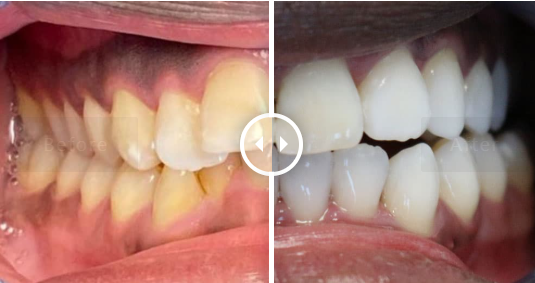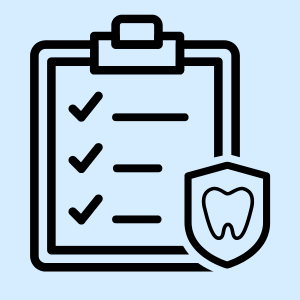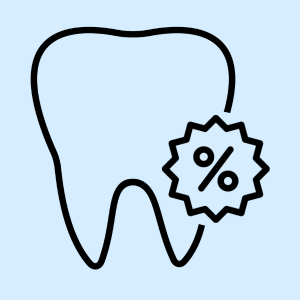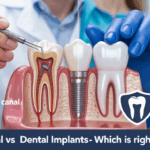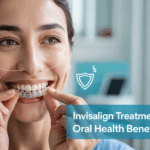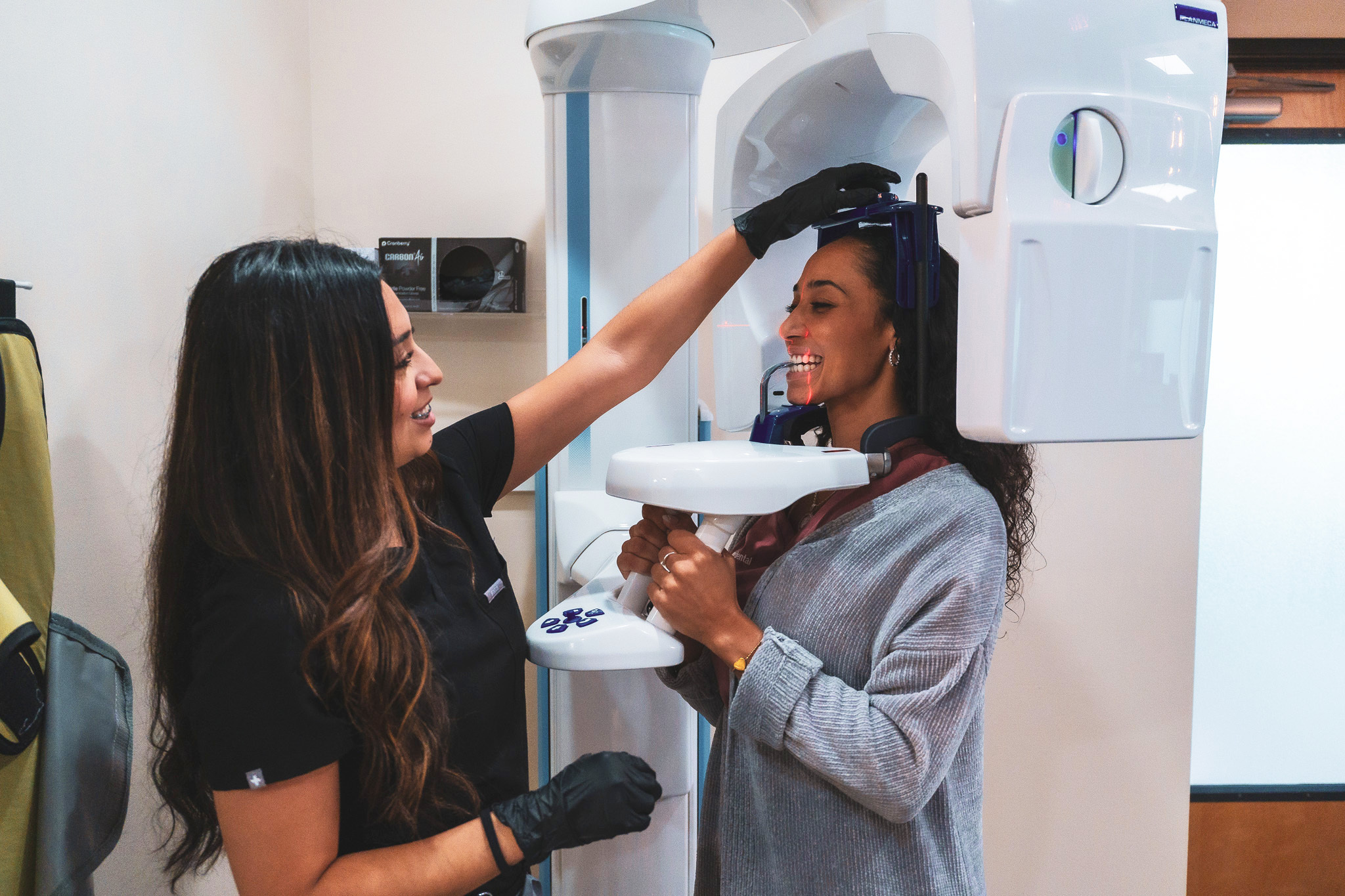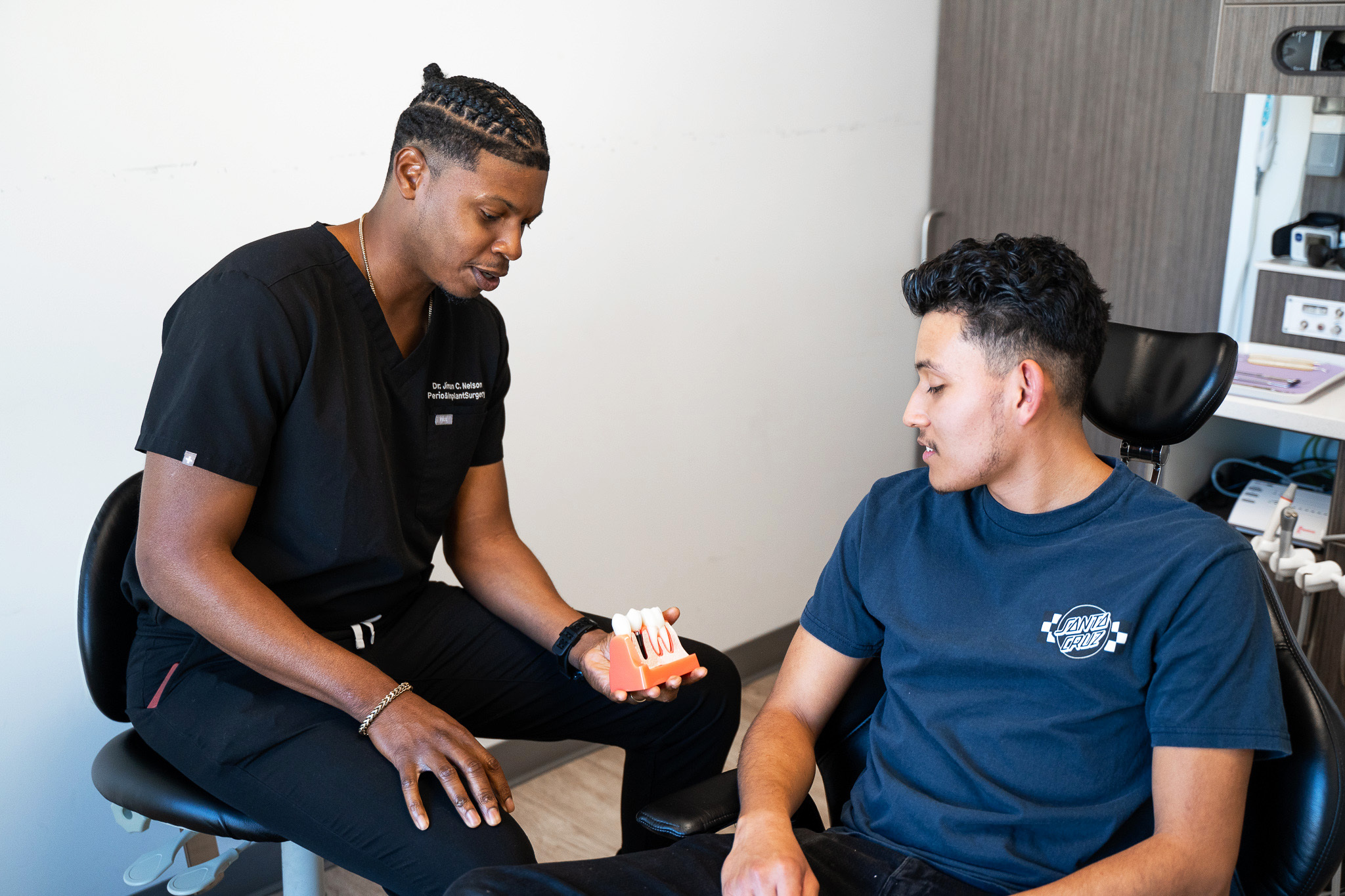The only way to treat natural antibiotics for tooth infection symptoms, gum abscess, or an infected tooth is through reliable antibiotics and professional dental treatment. If you don’t get your infected tooth examined by a dentist, the infection may eventually spread into the pulp chamber, gums, roots, or your bloodstream, leading to severe complications.
The only way to treat a tooth infection is through dental treatments, but some home remedies for an abscessed tooth can provide pain relief in the meantime. This article aims to describe how a tooth infection is treated by a dentist and provide home remedies for tooth infection pain relief, suitable for use with an infected tooth or abscessed gums.
When facing a tooth infection, consulting a dentist is crucial for prescribing the right antibiotic. Ensure effective treatment by seeking professional guidance to determine the appropriate antibiotic for a tooth infection.
How will a dentist treat a tooth infection?
During your dental examination, the dentist will carefully examine your tooth infection, surrounding gums, and other dental structures. The dentist may also administer digital x-rays and other diagnostic tests to visualize the underlying bone structures and dental anatomy. The dentist will create a treatment plan tailored to the location and severity of the tooth infection.
If the tooth infection is contained in the enamel, leading to dental cavities, the dentist will simply remove the infected parts of the tooth and provide a tooth-colored filling. Composite resin fillings resemble natural tooth enamel and cover the cavity left behind by the tooth infection, preventing further bacterial infection and decay in the same region.
If the tooth infection has spread into the tooth’s pulp chamber, the dentist may need to perform a root canal. The pulp chamber is the internal structure of the tooth, housing the soft tissues and nerves that support the tooth. Most people suffer from tooth infections in the pulp chamber if a superficial cavity has gone unchecked or unidentified for too long, which happens when you don’t go for regular dental exams.
The most effective treatment for infected pulp tissue is a root canal. During a root canal procedure, the dentist drills an access hole into the affected tooth to remove all the infected pulp tissues and dead nerves. Once the pulp tissues and nerves are removed, the dentist disinfects the tooth, cleans its interior, and places a filling to cover it. The dentist also recommends a dental crown to protect the weakened tooth from further damage.
A root canal is one of the most effective treatments for an infected tooth because it removes all the infected components, prevents the infection from spreading, and preserves the original tooth. However, if your tooth infection spreads even further or produces a gum abscess, you may need even more invasive procedures or surgical intervention to protect the tooth from complete decay.
What are the symptoms of a tooth infection?
- Severe and persistent toothaches.
- Toothaches that spread into the jawbone, neck, and other parts of your face.
- Extreme sensitivity to hot and cold temperatures.
- Extreme pain while chewing and biting.
- Toothaches accompanied by fevers.
- Swollen face and cheeks.
- Swollen lymph nodes under the jaws.
- Visible gum abscess at the tooth’s root.
- Difficulty while breathing and swallowing.
- Foul taste and scent in your mouth.
What is the treatment for a tooth infection at home?
As mentioned previously, an infected tooth is a serious matter that should only be treated by professional dentists. At-home remedies can provide temporary pain relief from the tooth infection, but they can’t treat the infection itself or prevent it from spreading. However, the following are some steps you can take for fast relief from tooth abscess pain.
Saltwater Rinse
Dentists often recommend rinsing your mouth with salt water after root canals and other dental treatments to minimize the risk of bacterial infection. While saltwater rinsing won’t stop the infection, it can provide temporary pain relief and aid in wound recovery. You should rinse your mouth with a solution of 1/2 teaspoon of table salt mixed with 1/2 teaspoon of warm water. Rinse your mouth thoroughly and spit out the liquid.
Baking Soda
Baking soda doesn’t treat a bacterial infection, but it has antibacterial properties that provide temporary relief. It’s also effective at plaque removal, so you can use baking soda in your regular dental hygiene to minimize the risk of bacterial accumulation. To rinse your mouth with baking soda, you must mix 1/2 teaspoon of baking soda with the same quantity of water and a pinch of salt. You should rinse your mouth for up to five minutes.
Hydrogen Peroxide
Hydrogen peroxide has shown considerable antibacterial properties, making it a popular disinfectant for people with open wounds. Besides disinfecting wounds, hydrogen peroxide also removes plaque and tartar from your mouth. After obtaining 3% hydrogen peroxide from your neighborhood drugstore, mix it with water and rinse it several times a day. Mixing the hydrogen peroxide with water is crucial because it can harm your gum tissues in their concentrated state. You must also avoid swallowing it.
Over-the-Counter Painkillers
Over-the-counter painkillers can’t treat or even reduce bacterial infection, but they can provide immediate pain relief. You can obtain pain medications available at your local pharmacy for immediate but temporary relief.
How Can Dental Insurance Help?
Dental insurance plans typically cover parts of most dental treatments necessary for treating tooth infections. However, the specific details of the coverage depend on your individual situation, the required treatment, and your insurance plan.
Preventing Tooth Infections: Tips to Keep Your Teeth Healthy
Prevention is always better than a cure, especially when it comes to tooth infections. Here are some important steps you can take to reduce your risk of developing a tooth infection:
- Maintain Good Oral Hygiene: Brush your teeth at least twice a day with fluoride toothpaste and floss daily to remove food particles and plaque from hard-to-reach areas.
- Visit Your Dentist Regularly: Routine dental checkups every six months can help detect cavities or gum problems early, before they lead to infection.
- Avoid Sugary and Acidic Foods: Excess sugar feeds the bacteria in your mouth, increasing the risk of decay and infection. Limit sugary snacks and beverages.
- Wear Mouthguards if Necessary: If you grind your teeth at night (bruxism) or play contact sports, wearing a custom mouthguard can protect your teeth from cracks and damage that may lead to infections.
- Address Dental Issues Promptly: Don’t delay treatment for cavities, cracked teeth, or gum disease, as these problems can quickly escalate to infections.
- Quit Smoking: Smoking impairs your immune system and reduces your mouth’s ability to heal, increasing the likelihood of infections and gum disease.
By following these preventive measures, you can significantly lower your chances of experiencing a painful and dangerous tooth infection.
Conclusion
Tooth infection is a serious dental problem with severe long-term complications, such as tooth loss bone loss, gum damage, heart conditions, etc. Natural home remedies can’t treat a tooth infection, but they can minimize the pain and discomfort. If you notice the signs and symptoms of a tooth infection, please contact the dentists at URBN Dental for immediate diagnosis and treatment.
FAQs
1. Are there any truly effective natural antibiotics for tooth infections?
Natural substances like garlic, turmeric, or clove oil may have antibacterial properties, but they are not a substitute for prescription antibiotics. They might offer temporary relief, but they cannot eliminate the infection or prevent it from spreading.
2. Can a tooth infection go away without antibiotics or dental treatment?
No. Tooth infections do not heal on their own. Without treatment, the infection can worsen and lead to serious complications like bone loss, sepsis, or even life-threatening conditions.
3. Is it safe to delay seeing a dentist if I use home remedies?
Delaying treatment can be dangerous. While home remedies can temporarily ease discomfort, they cannot treat the underlying infection. It’s best to use home remedies only until you can arrange a dental appointment.
4. Can oil pulling help treat a tooth infection?
Oil pulling may help with general oral hygiene, but there is no scientific evidence that it can treat or cure a tooth infection. It should not be considered a replacement for dental care.
5. When should I go to the emergency room for a tooth infection?
You should seek immediate medical attention if you experience:
- Swelling that makes it hard to breathe or swallow
- Fever and chills
- Rapidly increasing pain
- A visibly spreading abscess or pus discharge
- These may be signs that the infection has spread beyond the tooth.
6. What happens if a tooth abscess bursts on its own?
If a tooth abscess bursts, you may feel relief from pressure and pain. However, this does not mean the infection is gone. You still need to see a dentist urgently to prevent further complications.








